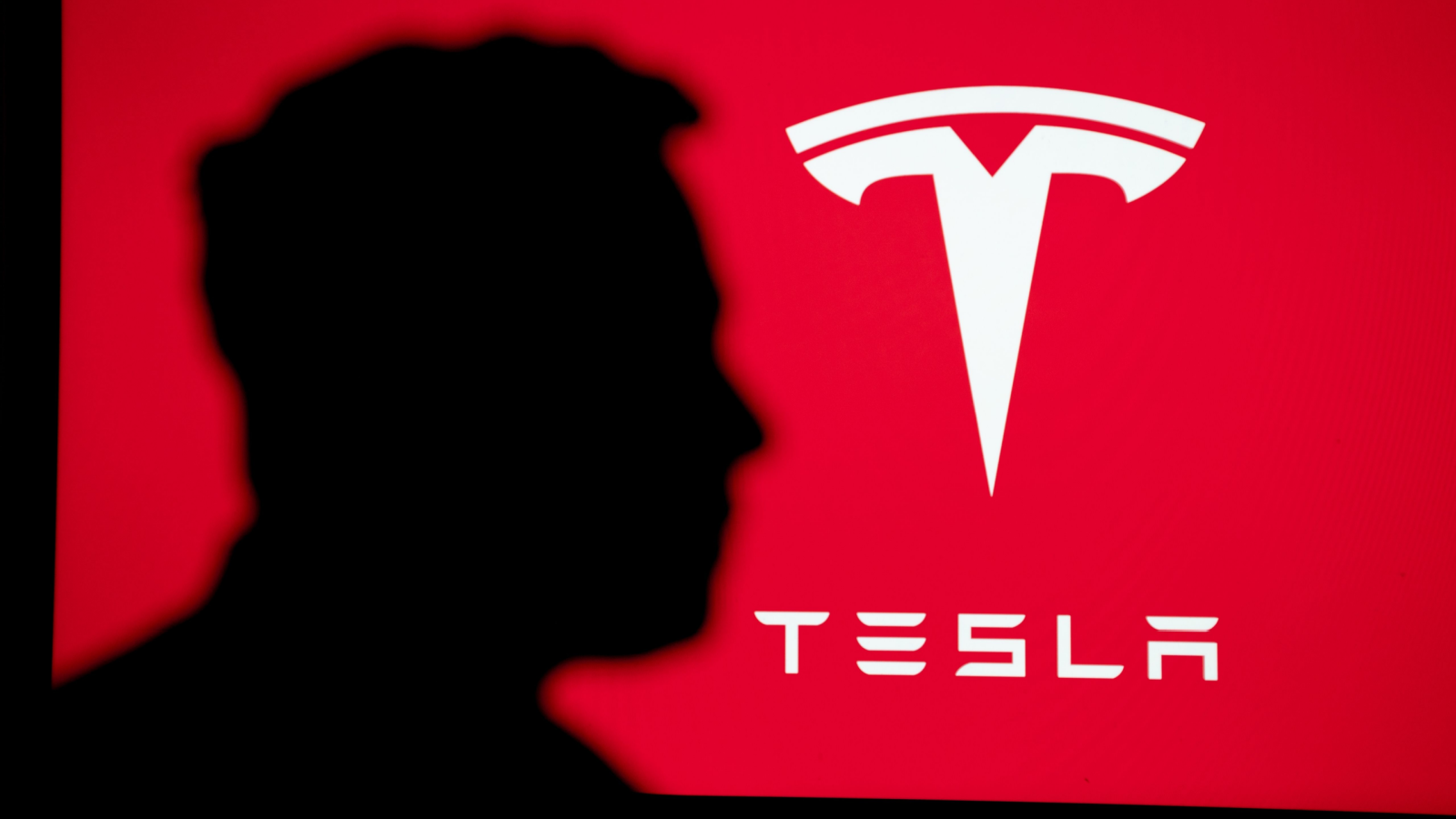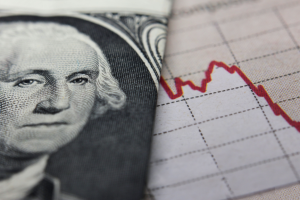
Another week and more bad news for electric vehicle maker Tesla (NASDAQ:TSLA). The Tesla stock rally that had been ongoing since the start of the year’s second half abruptly came to an end on July 11. That’s when the company delayed the heavily hyped launch of its robotaxi.
Tesla stock fell 8% on news of the robotaxi delay, pushing its share price back into the loss column for the year. TSLA stock is now down 11% over the last 12 months. And the robotaxi delay wasn’t the only bad news from the company in recent days.
Declining Market Share
On July 10, it was reported that, for the first time ever, Tesla’s share of the U.S. electric vehicle market has fallen below 50%. Data from Cox Automotive found that Tesla now accounts for 49.7% of electric vehicles sales in the U.S., down from 59.3% a year earlier.
That’s a big loss of market share in a small amount of time. While Tesla is still the largest seller of EVs in the U.S., the company is quickly losing ground to competitors such as General Motors (NYSE:GM) and Ford Motor Co. (NYSE:F).
Worse, Tesla’s declining market share is not confined to the U.S. It’s the same story in Europe and China, where Tesla is losing market share to domestic rivals. Tesla currently has a 20% market share in Europe and 10% in China.
Cox Automotive, a leading auto industry researcher, said overall U.S. electric vehicle sales rose 11.3% in this year’s second quarter from a year ago. Tesla reported that its Q2 EV deliveries declined 5% from a year earlier. While not as bad as analysts expected, the sales decline continues a trend at Tesla.
Robotaxi Pushed Back (Again)
A day after the report on Tesla’s eroding market share, the company announced that it is delaying by two months the unveiling of its long gestating self-driving robotaxi.
The company has pushed back the launch date of the self-driving EV to October from an initial unveiling date scheduled for August 8. As mentioned, TSLA stock plunged 8% on news of the delay, which is the latest in a string of them.
Tesla reportedly wants to give staff more time to build prototypes of the robotaxi and ensure that the launch lives up to its hype. That hype has been building for years.
Tesla CEO Elon Musk has been promising a robotaxi since 2015, when he said that Tesla’s cars would achieve “full autonomy” within three years. In 2016, Musk said Tesla would be able to send one of its robotaxis on a cross-country drive without requiring any human intervention by the end of 2017. To date, the robotaxi has never appeared.
The latest delay in the robotaxi comes ahead of Tesla’s second-quarter financial report, which is due on July 23.
The Q2 results could be a make-or-break moment for Tesla stock, coming as they do amid a litany of bad news for the company and after the Q1 print proved to be a complete train wreck, sending its shares down to a 52-week low.
Sell Tesla Stock
Anyone thinking of buying Tesla stock at this point has to ask themselves why? The company’s core electric vehicle business is crumbling under the weight of declining sales, a loss of market share and rising competition. This doesn’t even take into account the fact that Tesla’s vehicles routinely receive the worst safety ratings and are difficult to repair.
Sure, Elon Musk is promising to revive Tesla’s fortunes with new EVs such as the robotaxi and entirely new ventures that include robots and supercomputers.
But most of those futuristic products are years away from coming to market, if they arrive at all. For all of these reasons, investors would be best advised to steer clear of this troubled company. Tesla stock is not a buy.
On the date of publication, Joel Baglole did not have (either directly or indirectly) any positions in the securities mentioned in this article. The opinions expressed in this article are those of the writer, subject to the InvestorPlace.com Publishing Guidelines.
On the date of publication, the responsible editor did not have (either directly or indirectly) and positions in the securities mentioned in this article.



